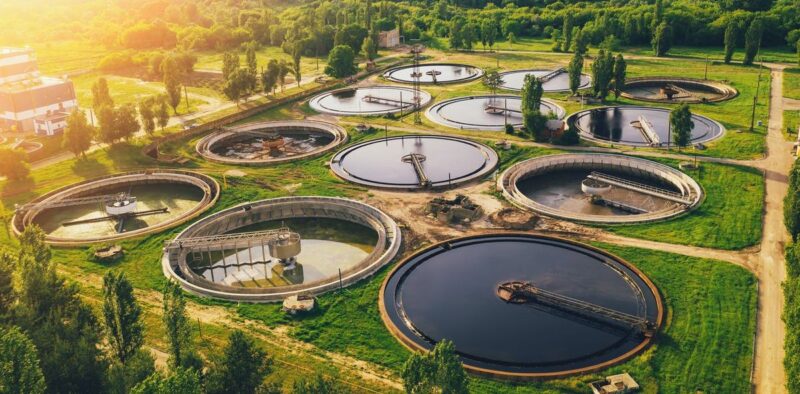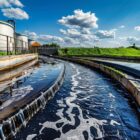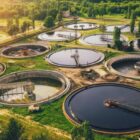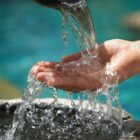Most of us open a tap without thinking about where that clean water comes from. But the truth is, raw water from rivers, lakes, and wells often carries dirt, microbes, and even chemicals. Without treatment, it wouldn’t be safe to drink or use.
How Drinking Water is Treated
Water treatment happens in a few key steps:
-
Coagulation & Flocculation: Chemicals are added to clump tiny particles into larger ones.
-
Sedimentation: The heavy clumps sink to the bottom, leaving clearer water above.
-
Filtration: Water passes through layers of sand, gravel, or carbon to remove fine dirt and microbes.
-
Disinfection: Chlorine, ozone, or UV light kills harmful bacteria and viruses.
This process makes sure water that reaches our taps is clear, safe, and reliable.
What About Wastewater
Just like drinking water, wastewater from homes and industries must also be treated before release. Solids are removed, organic waste is broken down by microbes, and advanced filtration ensures pollutants don’t damage rivers or ecosystems.
Why It Matters
Clean water protects our health, supports industries, and keeps the environment safe. Every glass you drink is the result of a carefully managed journey — from dirty to drinkable.







